Ever since last year’s Venice Film Festival, where Kathryn Bigelow’s The Hurt Locker had its world premiere, many critics have proclaimed it to be the first genuinely great movie about the war in Iraq. Paradoxically, that assessment is at once exaggeration and understatement. In the end, The Hurt Locker falls well short of greatness—mostly because it takes a horribly misguided turn roughly two-thirds of the way through, abandoning the rigorous approach that had made it such a uniquely harrowing experience up to that point. Until it does go wrong, however, this Hawksian portrait of a Baghdad bomb-disposal unit isn’t merely the best film yet made about the U.S. military’s current adventure, though it takes that honor handily. No, it’s damn near the greatest war movie of all time, and arguably within striking distance of a short list of the medium’s most enduring masterpieces across all genres.
The Details
- The Hurt Locker

- Jeremy Renner, Anthony Mackie, Brian Geraghty.
- Directed by Kathryn Bigelow.
- Rated R
- 131 minutes.
- Beyond the Weekly
- The Hurt Locker
- Rotten Tomatoes: The Hurt Locker
- IMDb: The Hurt Locker
Working with screenwriter Mark Boal, Bigelow focuses exclusively on the immediate objectives and roiling emotions of the Explosive Ordnance Disposal unit, leaving the politics implicit. (This isn’t another lecture.) Our identification figure is Sgt. J.T. Sanborn (Anthony Mackie), a respected leader who possesses what seems to be an ideal amalgam of courage and caution. Or maybe he just looks perfectly balanced compared to the newest member of his team, Staff Sgt. William James (Jeremy Renner), an almost psychopathically reckless cowboy who straddles half-buried IEDs as if they were broncos in need of a good busting. Oblivious to his own safety and everybody else’s, James is also a consummate professional, and it’s through his eyes—and the eyes of the fellow soldiers he’s simultaneously working to save and threatening to blow sky-high at any moment—that we come to understand, deep in our guts and bowels, the mind-boggling degree of paralyzing anxiety with which these men must cope on a daily and even an hourly basis.
So long as it remains at ground-level, plunging us into one crisis after another sans preamble and defining its characters solely by the ways in which they function under extreme pressure, The Hurt Locker couldn’t be more riveting, nor less like the hand-wringing cinematic diatribes this particular war has thus far inspired (of which American audiences have grown understandably weary). Bigelow has little use for psychological nuance, which is obviously problematic when she attempts to do straight drama (The Weight of Water), but which ideally suits a scenario in which nobody ever has the time or energy to think about anything except how to survive the next three minutes. That she’s cast excellent but relatively unknown actors in the lead roles, while giving better-not-blink cameos to the likes of Ralph Fiennes and Guy Pearce, only accentuates the sense that our comforting, well-worn genre vessel has become unmoored.
Which is why it’s such a crushing disappointment when The Hurt Locker, after more than an hour of nonstop brilliance, abruptly turns into that other, lesser movie. Apparently unsure that they could get away with so little signposting, Bigelow and Boal gradually shift focus from Sanborn’s cautious pragmatist to James’ kamikaze nihilist, giving the latter an adorable Iraqi kid, nicknamed “Beckham,” to bond with—you can probably guess how that turns out—and eventually even following our antihero back to the States, in order to see how his tour of duty affects his relationship with his wife (Lost’s Evangeline Lilly, flailing with nothing to do). It’s beyond misguided, nearly tragic: If ever a movie character needed to remain an unknowable cipher, devoid of explicit motivations or pat traumatic incidents, it was Staff Sgt. William James. There are still scattered moments of excellence in the last 40 minutes, but I can’t help but mourn what might have been.

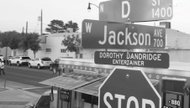
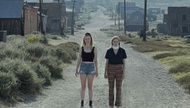

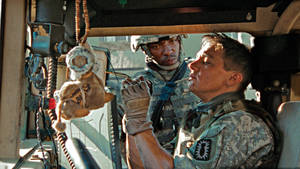
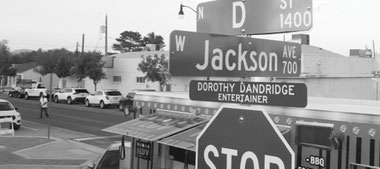

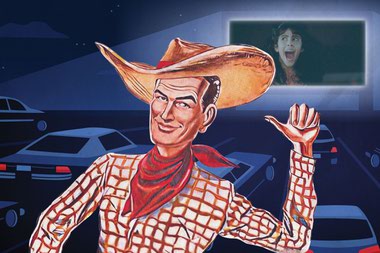
Previous Discussion: